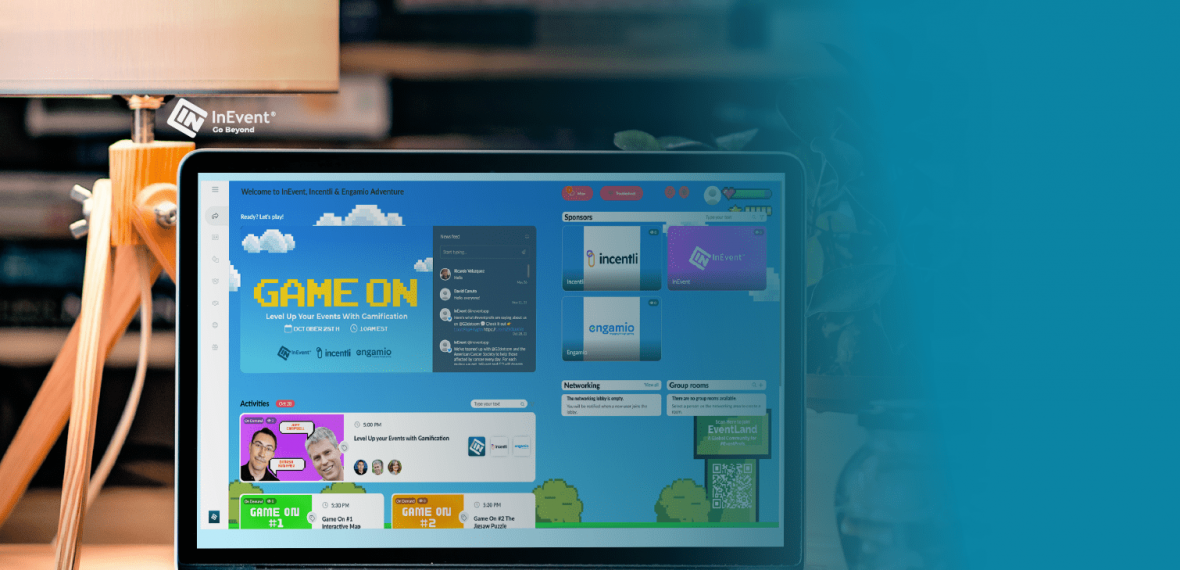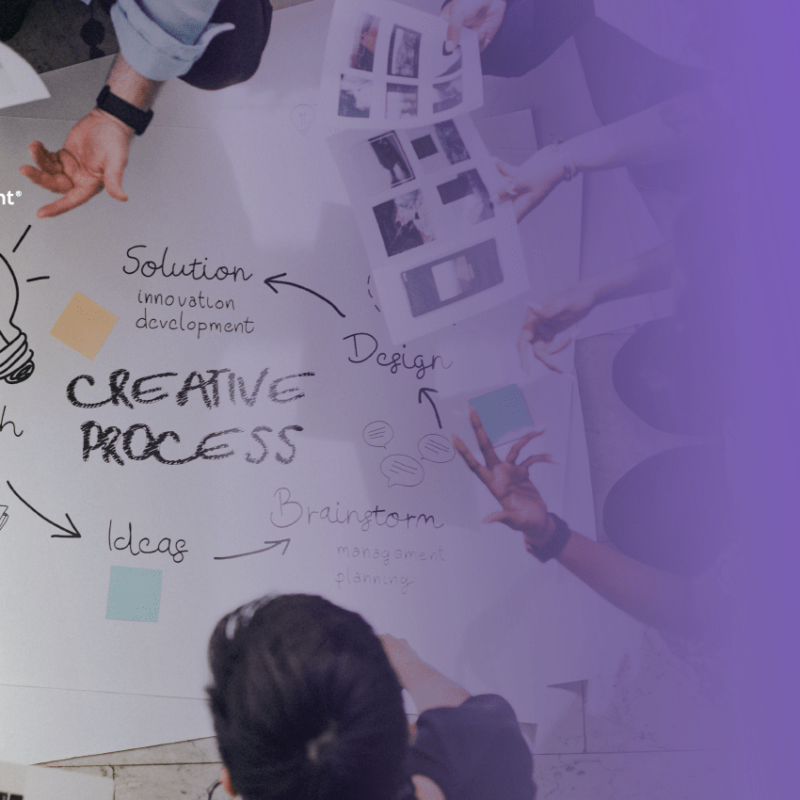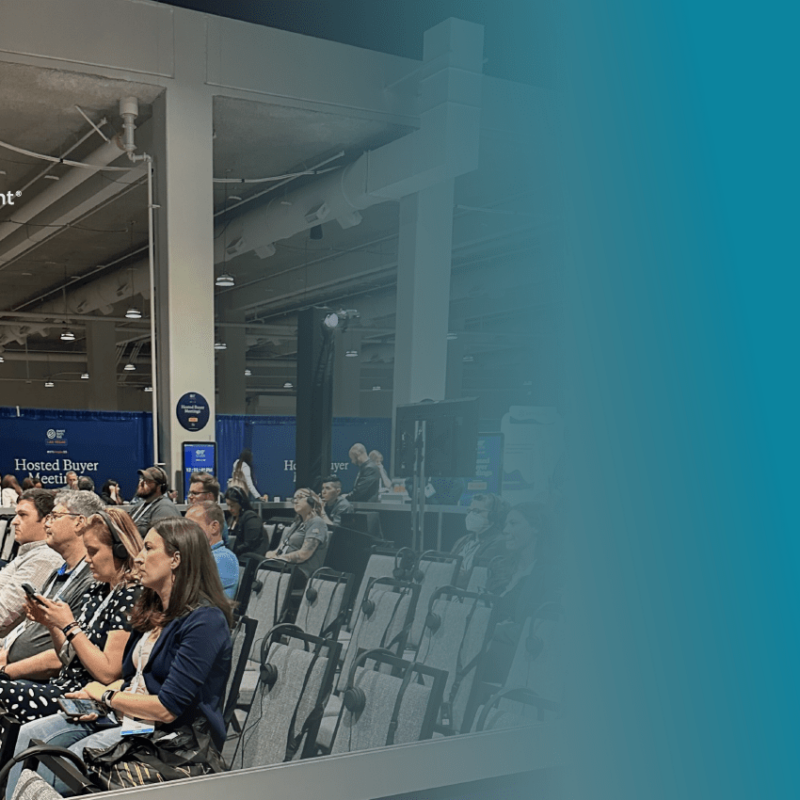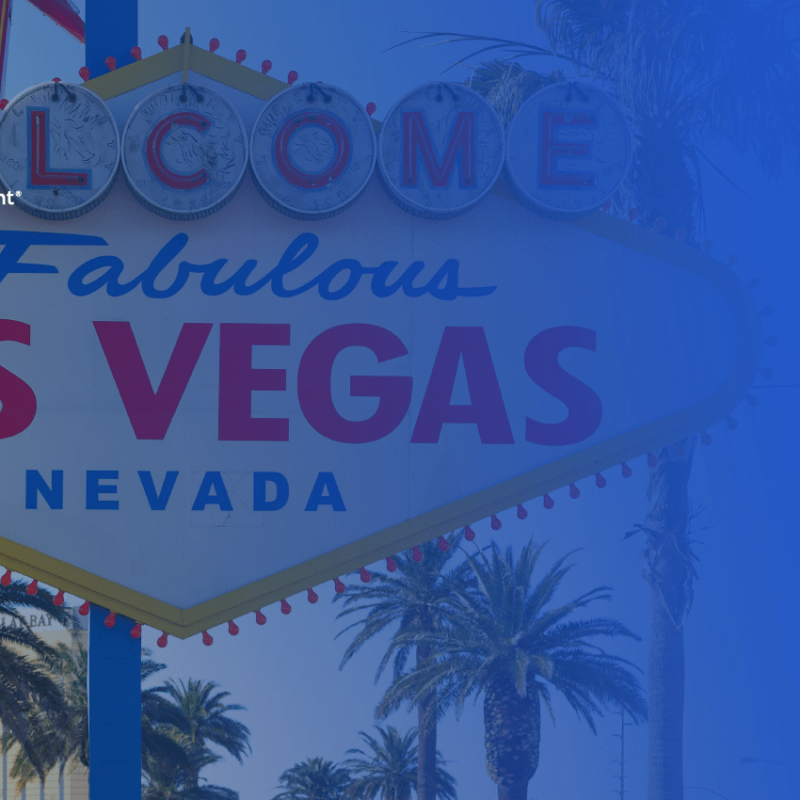Gamifying Your Event: Engaging Audiences with Interactive Challenges and Rewards
Events can be engaging by themselves. Webinars encourage audience participation. Training workshops keep everyone involved, and tradeshows facilitate collaboration and networking.
But what if there was a way for event planners to make their events even better? There is. And it’s made possible through event gamification.
The gamification market accounts for about $11 billion. Analysts predict that it’ll increase to $35 billion in the near future.
Read on to find out why gamification is such a huge market and how it can transform event experiences.
What is Event Gamification?
Gamification involves adding game mechanics into nongame environments. In other words, you’re applying gaming components to activities that don’t usually involve elements of play or competition, such as `events.
The goal is to keep attendees interested and boost event outcomes. From trivia questions to interactive puzzles, there are many ways to gamify your events.
7 Event Gamification Ideas to Boost the Attendee Experience
1. Interactive Challenges and Rewards
As an event organizer, you might struggle to keep your attendees engaged and motivated throughout the event.
A possible solution is to gamify your event by introducing interactive challenges that appeal to your audience’s interests and goals.
For example, if your event is about cybersecurity, you could create a challenge that tests your attendees’ knowledge and skills on password management for businesses.
You could use a tool like 1Password to generate secure and unique passwords for different accounts and platforms and then ask your attendees to guess or crack them. The ones who succeed could earn points, badges, or prizes that enhance their event experience.
This way, you can make your event more fun and educational while raising awareness about the importance of password management for businesses.
Another way to boost engagement at your events is to offer rewards that appeal to your specific audience.
For example, if you’re in the gaming industry and your audience loves video games, consider giving away PC games from platforms like YUPLAY. This not only incentivizes participation but also aligns with the interests of a tech-savvy audience.
2. Virtual & Augmented Reality Experiences
Incorporating VR and AR experiences into your event can make it more immersive and interactive for attendees. Even if you aren’t hosting a virtual event, you can incorporate virtual elements like virtual tours, product demos, interactive training sessions, and more.
The result is a unique and memorable experience for event attendees.
3. Trivia
Who doesn’t love a trivia contest? People love to test their knowledge. And they enjoy it even more when they answer questions correctly.
To incorporate trivia into your events, consider starting things off with trivia and allowing attendees to submit their answers.
You could also send out trivia questions before the event. And to keep attendees on their toes, you can base trivia questions on previous events you’ve held.
However you choose to implement trivia, don’t forget to keep up with each attendee’s score throughout the event.
4. Scavenger Hunts
Scavenger hunts can bring tons of fun to your events. It can be quite rewarding for participants to work together, solve clues, and discover unexpected surprises.
You can start by assigning a list of tasks for attendees to complete throughout the event. Whoever completes all the tasks first gets a prize.
5. Leaderboards, Badges, and Trophies
People love to compete. Tap into this by implementing a system of leaderboards, badges, and personal trophies to recognize your best-performing attendees.
Seeing their names ranked on a live leaderboard can truly transform the attendee experience. This not only makes things more fun but also encourages everyone to join in and do their best.
6. Photo Contests
A photo contest is similar to a scavenger hunt. But instead, it’s centered around photos.
This works best for in-person events.
Here are some examples:
- Crowd reactions: Ask participants to capture candid shots of the crowd’s reactions during key moments of the event, such as announcements or performances.
- Favorite event booth or display: Invite participants to share photos of their favorite booths, displays, or vendor setups at the event.
- Event swag showcase: Challenge participants to showcase their event swag haul in a fun and creative way.
- Event highlights: Encourage participants to capture the most memorable moments of the event.
- Group selfies: Challenge attendees to take group selfies.
You can also encourage attendees to get a picture with attendees from foreign countries, a certain number of vendors, or people who have the same job title as them.
Then, award a prize to whoever has the best photo by vote or whoever took the most photos.
7. Audience Polls
Polls aren’t just a great way to get feedback. They’re also key in keeping your audience involved in your event.
You can base polls on any relevant topic and encourage attendees to put in their vote. Consider dividing your audience into teams to make things more interesting. The team with the most polls wins.
Consider using data analytics tools for your polls. They can help you analyze audience responses in real time. This gives you immediate insights into participants’ opinions, preferences, and feedback.
Harnessing the potential of these tools allows you to infuse a gamified element into your event, introducing challenges and rewards tied to attendees’ data insights.
For example, participants can answer trivia questions based on their dashboard data or compete with other teams, earning points and prizes based on their performance.
Tableau is one of the most popular platforms for data analytics. While Tableau is a widely used data visualization tool known for its ability to craft impressive dashboards and reports, it can be both costly and intricate. Tableau alternatives, such as Power BI or Qlik Sense, present viable options.
These tools are more cost-effective while still offering comparable features and advantages, including seamless integration with other platforms and more advanced analytics capabilities.
Conclusion
Corporate events offer a wide range of benefits for attendees and event organizers.
Active participants get access to networking opportunities and an unforgettable experience.
Event organizers gain the opportunity to create a lasting impact on participants while fostering brand visibility and establishing meaningful connections with potential customers. Consider using event proposal software to simplify your event planning process.
You can further improve attendee engagement, retention, and overall satisfaction with event gamification.
By implementing gaming elements into your event planning, you can wow your audience and create a memorable event experience.











